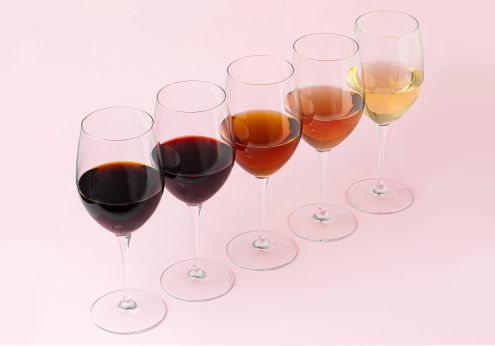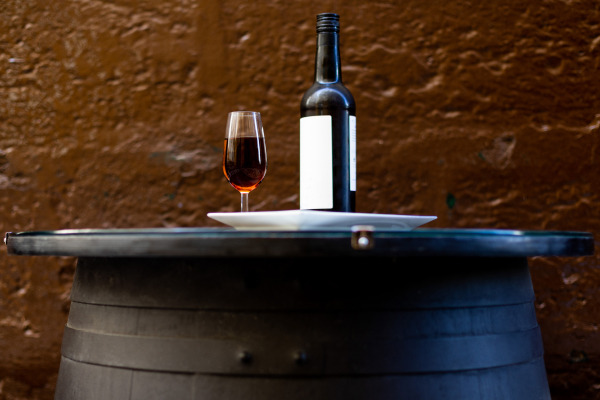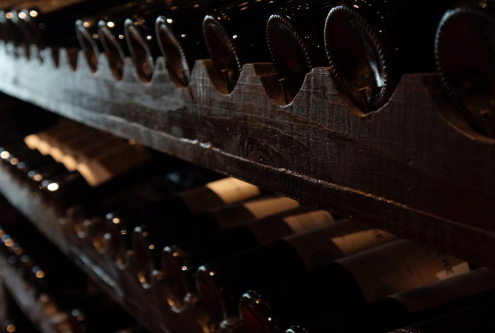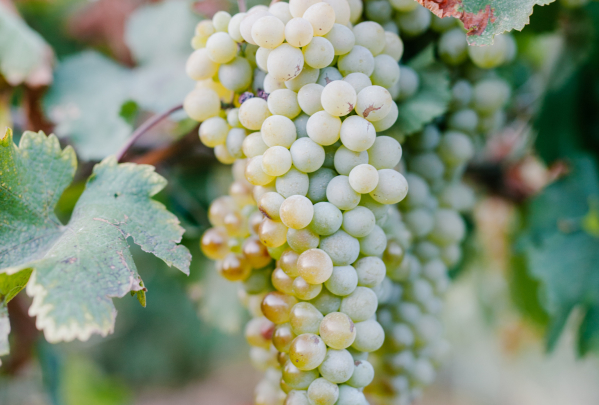Fascinating
and diverse
Very few wines have a cultural and historical root as wide and deep as wines from Jerez. The development and history of this region have been giving identity to these exceptional world-renowned wines with a unique personality and flavoured with diversity for over 3,000 years. Their extreme uniqueness owes much to the Atlantic climate of their terroir, called Marco de Jerez (Jerez region – a triangle between Sanlúcar de Barrameda, El Puerto de Santa Maria and Jerez), albariza soil, the variety of grapes and a peculiar criaderas and soleras system, through which they’re matured. A whole universe of glorious versality!
It’s known that this rich land had already been producing wine in the 1st century B.C., but it wasn’t until the discovery of America when the expansion of Sherry Wines really started. They became an essential part of the supply of ships bound for America and this commercial success attracted numerous investors and traders from various countries like Italy and England, above all. Later, in the last third of the 18th century and the beginning of the 19th century, the area’s traditional viticulture was transformed into the wine-producing agro-industry we know today.

The tendency to store wines from different harvests and the need to supply the market with a stable quality gave rise to the criaderas and solera ageing system. This system works with several rows of barrels (the criaderas) on top of the one lying on the floor (the solera). Each year a small portion of the barrel is removed from the solera to be bottled and sent to the market; the wine is never entirely extracted, but the gap left is filled with another barrel from the row above, which, in turn, is filled with wine from the next barrel and so on, up to the first criadera. Finally, each year the top row is filled with the new wine. In this way, what happens there could be called a transfer that achieves a perfect homogenisation of the wine, maintaining a uniform quality, year after year.
The so-called Marco de Jerez (Jerez Region) is located in the north-east part of Cádiz province, which, in turn, is situated in the south-west of Andalusian autonomous community. Its enclave turns out to be privileged by benefitting from both the Atlantic coast and the Guadalquivir and Guadalete rivers.

On the other hand, as the time spent in the barrels became longer, fortification became a common practice. It consists of adding wine spirit to increase their alcohol content, originally for the only purpose of stabilising the wines that were to travel, although this practice undoubtedly played a decisive role in the appearance of the so-called velo de flor in the wines of this area. This is a fascinating oenological phenomenon of biological ageing. Its appearance in the bodegas of the area, more than two centuries ago, led to the birth of some emblematic wines – the range of Manzanilla, Fino and Amontillado. In aged wines, a layer of yeasts, typical of the area, forms on the surface of the wine inside the barrel, protecting and transforming it during its years of ageing. These living organisms play a crucial role in defining the character of Sherry wines, giving them their goodness and organoleptic fullness. The addition of eau-de-vie in different proportions also gave rise to the wide range of Sherry wines we know today.
In January 1935, the first Regulation of the Designation of Origin Jerez and its Regulatory Council was published, the first to be legally constituted in our country. There are two fundamental aspects to be eligible for such protection: the origin and the winemaking process.
At present, the Designations of Origin Jerez-Xérès-Sherry and Manzanilla – Sanlúcar de Barrameda cover the municipalities of Jerez de la Frontera, El Puerto de Santa María, Sanlúcar de Barrameda, Trebujena, Chipiona, Rota, Puerto Real, Chiclana de la Frontera and Lebrija (the latter is in the province of Seville).
According to the Regulation, the ageing of the wines must be extended to a minimum period of three years, so that the wines reach the common characteristics of each of the types. The winemaker’s decision to fortify the wines, either up to 15 or above 17 degrees, will determine the type of ageing and, consequently, the wine to be obtained.


Another key differentiating factor for the type of wine to be produced is the fermentation type – process in which the grapes are transformed into young wines. This factor is closely linked to the grape variety used. The Palomino variety is undoubtedly the most widespread in the Jerez area, but there are also such types as Pedro Ximénez and Moscatel. Dry wines or Vinos Generosos, as they’re called here, are obtained from the total fermentation of the musts from fresh grapes, usually of the Palomino variety. The so-called Dulces Naturales (Naturally Sweet) wines come from Pedro Ximénez and Moscatel grapes, high in sugar and a higher natural alcohol degree, subjected to the soleo or sun-drying process. The blend of these two types of fermentation will produce wines with different sweetness levels – Vinos Generosos de Licor (Sweet).

